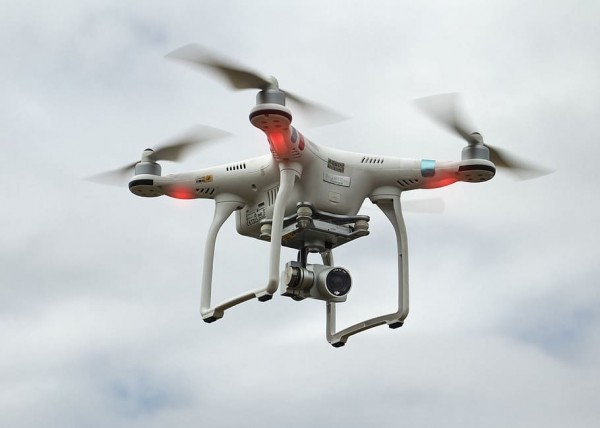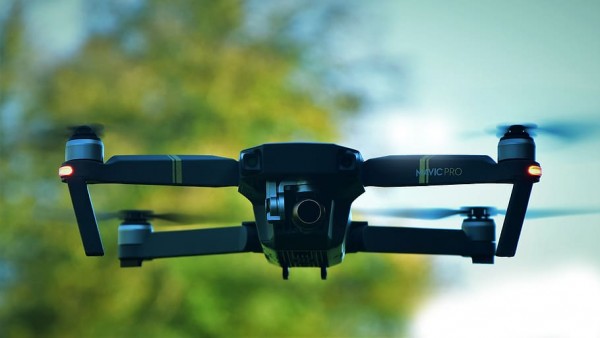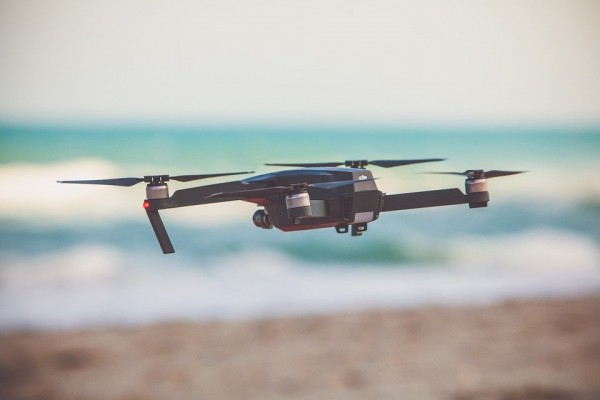The skies are clear and drones seem to be hovering around more frequently than ever before. Knowing just how common drones have become, it is a given fact that they are here to stay for much longer than what we expected previously.
This is good news for videographers and photographers, who are now using drone cameras for taking stunning photos and videos. Gone are the days when aerial photography would not be possible without booking a helicopter. With drone technology, aerial photography has become better and more convenient than it was before.
Buying a drone for photography purposes isn’t a walk in the park, as you have to take all aspects of the job into perspective. In this article we mention 10 things you should know while getting a drone for aerial photography.
1. Register Your Drone
The registration process for drones or unmanned air vehicles has become a lot less tiresome than it was when the technology first came out. Now, almost every photographer can get their done registered from a relevant authority. The procedure is simple and does not require anything out of the ordinary.
Once you get your drone verified, you can use it for photography or any other purpose that you have in mind. Remember that if your drone weighs more than 55 pounds, you will have to take some more steps for its registration.
2. Know Where Not to Fly
Before you head to the skies with your drone camera, you should know where not to fly your device. The device can only be piloted to safe zones where it does not pose any threat to national security.
Tips to keep in mind here:
- You cannot and should not fly your drone camera within five miles of any international or local airport. With international flights landing and taking off, you do not want your drone to pose as a hindrance in the way.
- You should always fly your drone under the height of 400 meters. Now, there are very few drones that exceed that height, but if you have gotten your hands on such a device, it is best that you keep it within the required distance.
- You cannot fly drones over national parks or any other government facility. You should only do so if you have a permit given by the government or the facility in question.
- If you are flying a drone to photograph your local vicinity or the neighborhood, it is always recommended to ask the neighbors for their permission. You do not want to infringe someone else’s privacy with your drone.
3. Study the Types of Drones
When buying a drone you should first know the types available in the market. These types include:
- RTF: Also known as ready to fly, these drones can be sent to the sky immediately after un-boxing them. You need to attach the propellers onto them though.
- ARF: Almost ready to fly drones include drone kits that are meant to be assorted together before sent to the skies.
- BNF: These bind to fly drones come with controllers and a specific app for your smartphone.
- FPV: These first person video drones come with video transmission features, which transmit videos to a connected smartphone app.
4. Cost
As a photographer we believe that you have a specific budget for the money you should spend on your gear. You do not want to exceed that budget, which is why the best way forward is to study the cost of the drone you are buying before actually buying it.
5. Weather Conditions
You will want to keep the weather conditions of where you are from in mind before purchasing a drone. The wind speed should particularly concern you, as wind speed plays an integral part in determining still photography. You don’t want your drone to be all over the place. Most drones can handle winds around 20 mph, which is why you are covered here.
6. Stability
The stability of the drone during its flight time is one very important factor you would like to take into consideration when buying a drone. A drone that you intend to use for photography and for shooting videos should be stable in the air and should give you the kind of still results you are looking for. A drone with a gimbal can work well here for you.
7. Flight and Battery Time
Quite a lot of drones cannot fly for more than half an hour. This isn’t sufficient time if you want to use your drone for aerial photography. Hence, the best solution to this problem is to buy a drone that gives you at least an hour’s flight time in the air. However, a drone camera with shorter flight times will cost you less, which is why you can save money here.
8. Image Quality
If you are buying your drone for photography purposes, you would want it to be equipped with a camera that offers quality images. Some features to look out for in the camera are:
- 1080 or 4k video output
- 24 fps or 60 fps
- Optical zoom
- Dual operator control
- Raw/DNG format
- Mechanical shutters
9. Range of the Drone
You would want a drone camera that can get you the aerial shots you want from the height you want. To reach a decent height, you would prefer drones with a decent range. The FAA allows you to fly your drone up to 400 meters in the sky, which is why you would prefer a drone with a range roundabout that, so that you explore every bit of the sky in between you and the 400 meters limit.
10. Etiquette
Professional photography etiquettes should be followed while using your drone. You shouldn’t look to capture someone without their will. Also, please ask for permission from the neighborhood if you want to fly your drone where you live.





